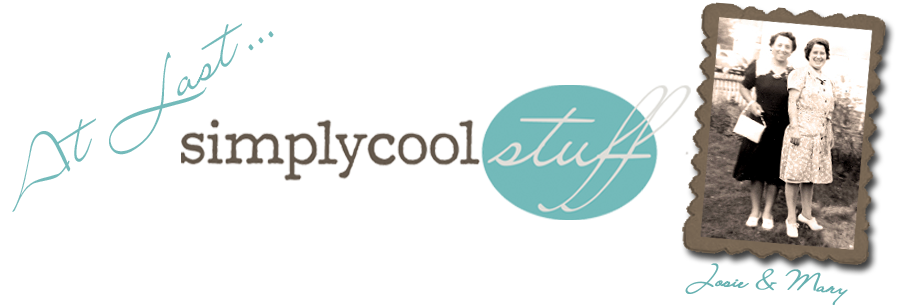






 Celluloid was developed in England in the 1850's and trademarked in 1868 by John Wesley Hyatt of the American Celluloid and Chemical Manufacturing Company. As an early form of plastic, Celluloid was made by combining nitrocellulose with camphor. Presenting itself as a lovely creamy yellow color, it was a good replacement for ivory and bone used in dresser sets and jewelry of the Art Nouveau period (early 1900's). Although it is durable, Celluloid tends to be more brittle than plastic, and vulnerable to moisture and extremes in temperature. Authentic Celluloid emits a slight camphor or vinegar smell when run under water. Pieces are abundant and make for a sweet affordable vintage display.
Celluloid was developed in England in the 1850's and trademarked in 1868 by John Wesley Hyatt of the American Celluloid and Chemical Manufacturing Company. As an early form of plastic, Celluloid was made by combining nitrocellulose with camphor. Presenting itself as a lovely creamy yellow color, it was a good replacement for ivory and bone used in dresser sets and jewelry of the Art Nouveau period (early 1900's). Although it is durable, Celluloid tends to be more brittle than plastic, and vulnerable to moisture and extremes in temperature. Authentic Celluloid emits a slight camphor or vinegar smell when run under water. Pieces are abundant and make for a sweet affordable vintage display.



















